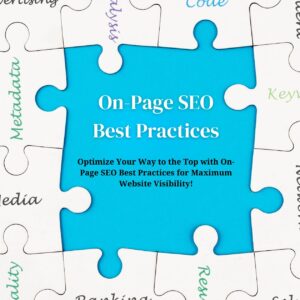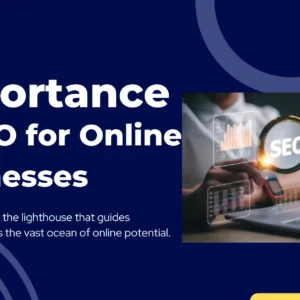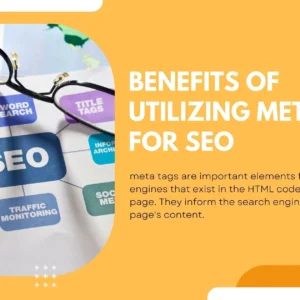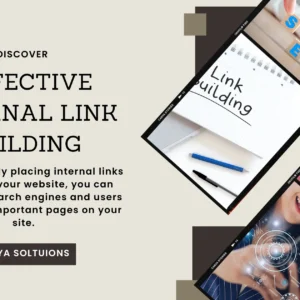A simple tactic that is sure to help your site rank higher in the search engines is internal linking. Internal linking, or simply clickable links to your pages within the site itself, is a great way to boost your visibility. It allows your visitors to quickly find all of your pages on the site and make it easier for them to find what they’re looking for. This tactic is useful to attract more visitors and increase conversions to your site.
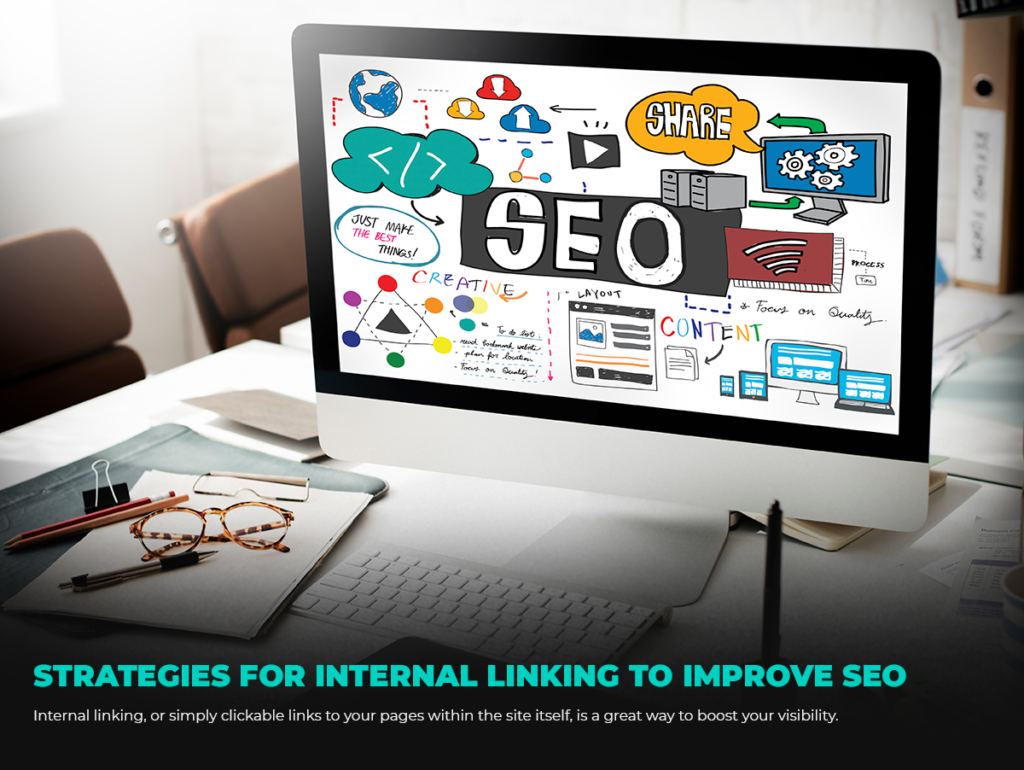
Before knowing the strategies let’s know what Internal Linking is:
Searching for the most relevant and powerful links to your content is called internal linking. The SEO plan for your blog must include this phase. The way you connect to other people’s information through Internal Linking for SEO sets it apart from external ones. The search engine rankings can be improved by an internal link that is well-written.
Different types of internal linkining are possible. In addition to the links on your homepage, menu, post feed, etc., you may also insert links within your content. We refer to these as contextual links. Links in context point website users to interesting and pertinent content. They also make it possible for search engines to recognize and value related information on your website. The more links a remarkable page receives, the more significant it will appear to search engines. Therefore, having quality internal links is crucial to your SEO.
Creating a Strategy for Internal Linking:
Follow me on the journey as I illustrate how to implement internal linking into your blog posts, articles, e-mails, and other marketing materials.
1. Choose the right structure for your website.
Imagining your website as a pyramid is something we always suggest to website owners. It has your homepage at the top, a few sections or categories below that, and then individual articles and pages farther down (possibly with subcategories in between).
If you do it right, the menu on your website should show this organization. You may learn how to design the ideal site structure for your website in our comprehensive guide to site structure.
Making a list of the carriers pages that will enable you to develop what is referred to as topic clusters for a clearer understanding of your site architecture is the first step in your internal linking strategy.
Instead of focusing on more specialized long-tail keywords with fewer monthly searches, carrier pages instead target broad keywords with big search volumes.
They frequently provide the most profitable traffic for your company, therefore they will ordinarily target your primary keywords with the most effective content.
2. Choose your most important stuff:
Next, you should decide which of your contents is most crucial. Please review our article on cornerstone material if you have any questions. It covers the essential aspects of your company, making it your best and most thorough material. It’s the stuff you want people to find when looking up subjects or goods in which you have a specialized interest.
You must include numerous connections to this material in order to convey to Google that it is your most significant stuff. Your cornerstone material can be linked from a variety of places. The most popular options, from your post’s copy to its navigation, are provided here.
3. Determining the Authority Pages on Your Site
You can use some pages to your advantage because they ultimately have more authority than others.
External links linking to your most reliable pages will be included (keep in mind that quality, not quantity, of links, is what matters).
Through the use of internal links, it is feasible to strategically transfer this link equity to other pages.
4. How to Choose the Best Anchor Text for Internal Linking:
The strategy’s next step entails picking the appropriate anchor text for your internal links.
Is it best to always utilize your primary goal term as the internal link anchor text? This is a frequently asked subject.
As long as the anchor text is pertinent to the linked page and you aren’t trying to over-optimize by jamming keywords into the link, it’s unlikely that you will face any penalties for employing exact-match anchor text for internal links.
Naturally, changing anchor texts in this way when it comes to external links is against Google’s webmaster guidelines, but it’s not against the rules when it comes to your internal linking strategy.
5. Embedding contextual links
You ought to connect the many articles you’ve published on the same subject. This will demonstrate to Google, as well as to users, that the articles are pertinent to one another. Links can be included at the conclusion of your post or from sentences immediately in your copy.
The most comprehensive article you have on this subject is what you want to show Google is your cornerstone piece. All articles on this subject must contain a reference to the cornerstone. Remember to include links from the cornerstone back to each individual post as well.
Final Discussion:
Your article can’t rank if there are no links! You can demonstrate which information is connected and which of your articles is the most educational and beneficial by using a sound internal linking strategy. If you adhere to the advice in this essay, both Google and your users will have a better understanding of your website, increasing your chances of ranking.


